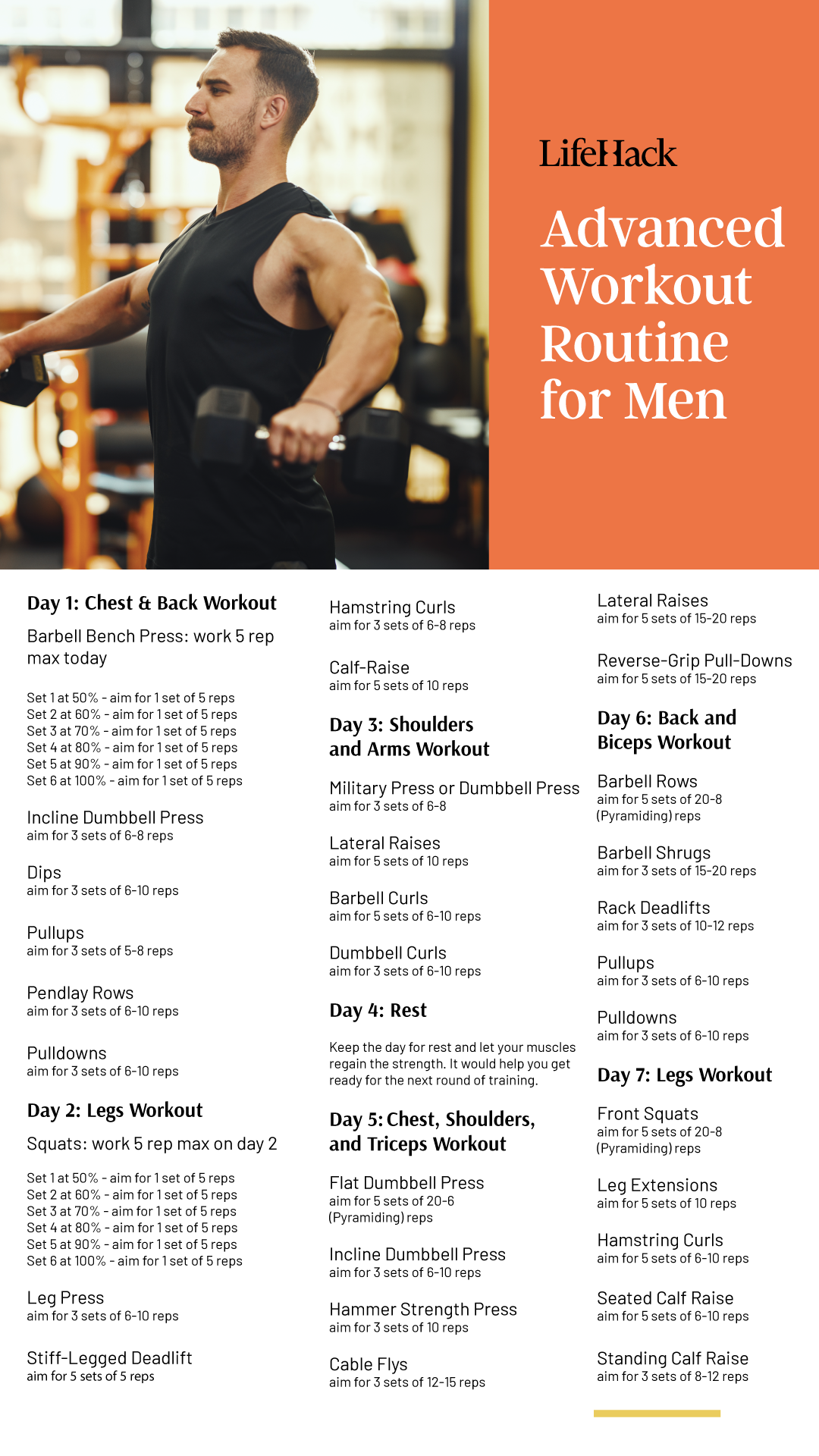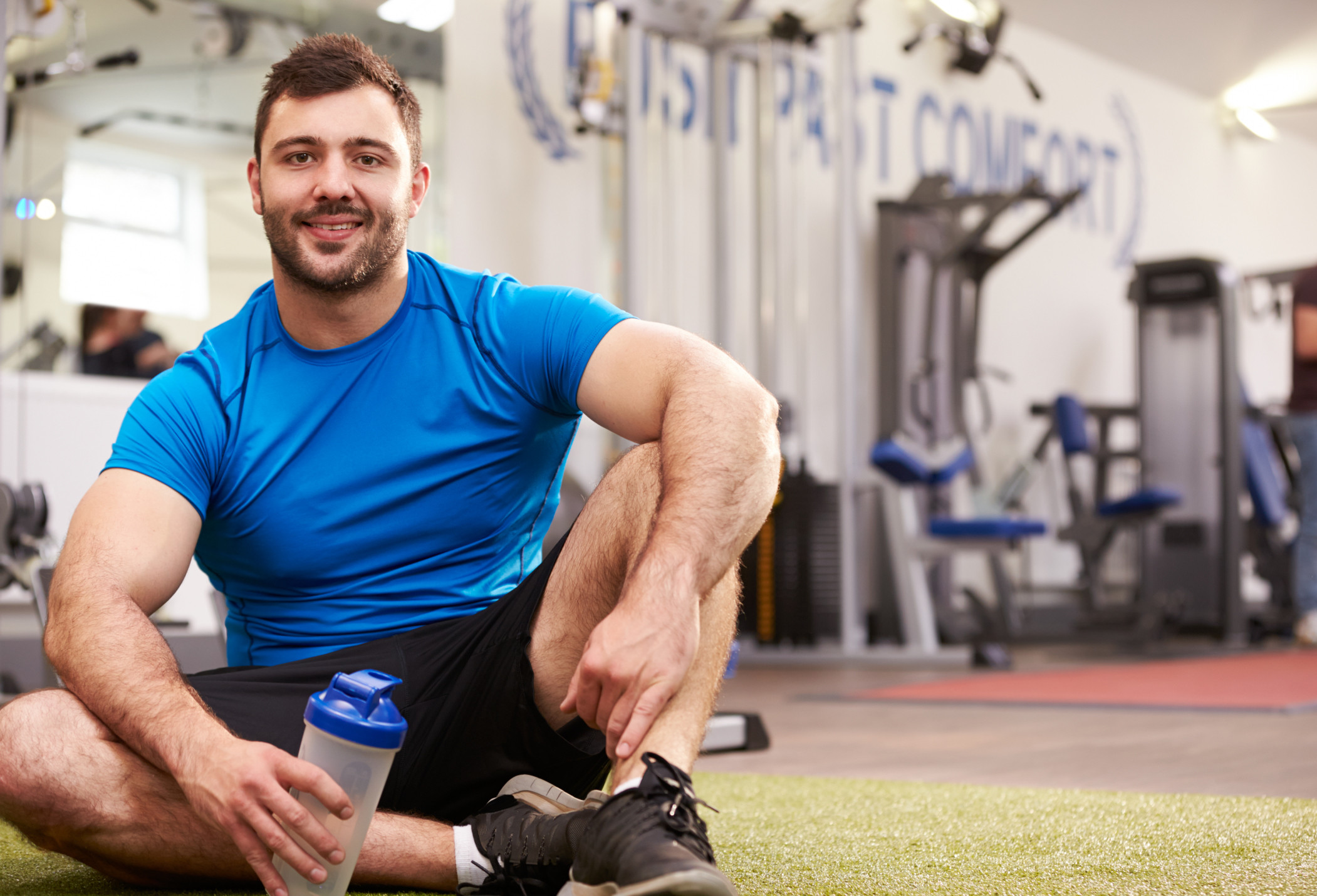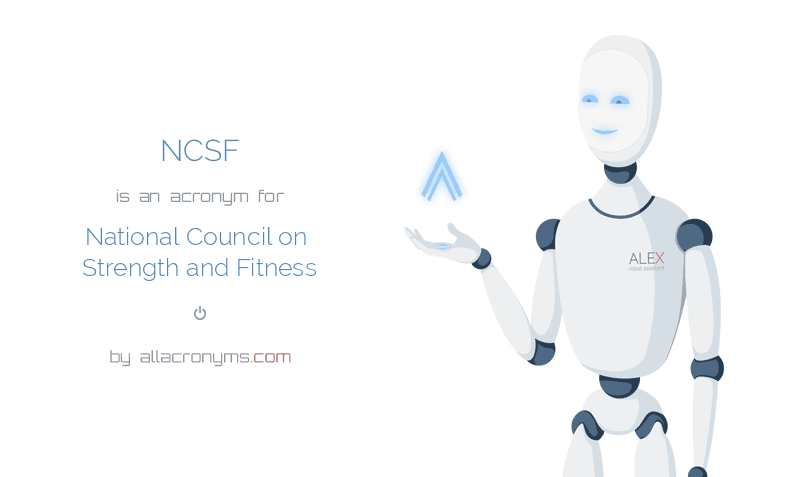
For children, a youth trainer can be a great way to start a healthy lifestyle. Obesity among children of school age is a major issue in many areas. Even the smallest amount can make a difference. Research shows that even 60 minutes of exercise per day can reduce your risk of becoming obese. Additionally, asedentary childhoods can lead into sedentary adulthoods.
AFPA
AFPA is an organization that provides certifications for health and fitness professionals. These credentials are amongst the best in their field. AFPA also offers continuing training programs in youth and family health. You can earn up to 16.0 CEC/CEU credits through its certification programs.

NASM
NASM certifications allow you to coach young athletes in nutrition and fitness. These certificates are recognized nationally and can help you get the job you want.
ACE
You'll be helping shape tomorrow’s leaders by becoming a certified ACE Youth Fitness trainer. A healthy future for our youth is more important than ever with the growing obesity rate. Studies show that children who engage in physical activity in their formative years are more likely to continue with a healthy lifestyle as adults. It is possible to educate parents, coaches and health care providers about how you can help your children live a healthier and more active lifestyle.
ACE Youth Health Fitness
The ACE Youth Fitness Specialist program teaches youth age-appropriate, safe fitness strategies. Its goal is to encourage youth to become physically active and develop positive habits for life. The program has many benefits for children of all ages. It can help them live a healthy and happy life.
IYCA
The IYCA offers training and certification for youth fitness trainers. This is the most rigorous and comprehensive certification in the sector. It combines coaching science with art to help young people improve their health and physical fitness. Once you've completed the course, you'll be eligible to sit for the IYCA Youth Fitness Specialist exam.

TuffStuff
TuffStuff Youth Fitness Compact Trainer is an age-appropriate tool that will help your child create a safe and enjoyable exercise program. It is suitable for youth to use at home and school as well as in the local community. It is also the exclusive supplier of National Foundation of governors' fitness councils. Its unique design allows users to adjust it to their heights.
FAQ
What should I do if I'm working out?
It is important to limit your alcohol intake while you are working out. However, moderate consumption of alcohol (one drink per day) may help improve endurance during workouts. It can also help reduce fatigue and muscle pains caused by intense exercise.
What Does Exercise Do for Your Body?
Exercise can help you lose weight, increase muscle mass, improve energy levels, reduce stress and improve your sleep quality. You will experience improved moods and self-esteem as well as increased productivity and a lower risk of developing heart disease.
Which is more important: Exercise, diet, or sleep?
The answer depends on what you want to achieve. The most important thing to do if you are looking to lose weight is diet. Exercise is important for building muscle mass. Sleep is not as important as it seems, since it has no effect on how you perform throughout the day.
What happens if there isn't enough sleep?
Insufficient sleep can cause your brain to not receive the signals necessary for hormone regulation and other chemicals involved in controlling appetite and metabolism. As a result, your body may become more hungry and can gain weight. Lack of sleep also increases stress levels, which can lead to overeating.
Can I eat when I'm working out?
Yes. Yes. You can eat whatever you want while you exercise. Choose low-calorie snacks like watermelon. These foods are rich in nutrients that will help you work out better.
Is it necessary to eat before exercising?
No. You don't need to eat anything before working out. You might be hungry after a workout, so you may want to snack on fruit or yogurt.
Statistics
- In 2018, the World Health Assembly agreed on a global target to reduce physical inactivity by 15% by 2030 and align with the Sustainable Development Goals. (who.int)
- Globally, 81% of adolescents aged 11-17 years were insufficiently physically active in 2016. (who.int)
- One study showed that adults who watch more than 4 hours of television daily had an 80% higher risk of death from cardiovascular disease. (heart.org)
- Adolescent girls were less active than adolescent boys, with 85% vs. 78% not meeting WHO recommendations of at least 60 minutes of moderate to vigorous intensity physical activity per day. (who.int)
External Links
How To
How to Burn Belly Fats Quicker
When trying to lose weight, belly fat is often viewed as a problem. But if you think about it, Belly Fat is actually a good thing. Your organs will be protected by the amount of belly fat. Let's look at how to rapidly lose belly fat.
The two main factors that make us store body fat are stress and lack of exercise. Because of its stimulation of the production hormone cortisol, stress can make us feel hungry continuously. Cortisol increases insulin levels in our blood. Insulin then stores excess calories as fat. Insufficient sleep can lead to an increase in appetite and adrenaline release. Exercise helps to break down these extra calories.
There are many options to reduce belly weight. All of these methods can be used, depending on your budget. Here are some quick tips to get rid of belly weight.
-
Eat less food. Instead of eating three large meals per day, try to eat smaller meals. This will help you consume less calories.
-
Drink plenty of water. Water flushes out toxins in your body and helps you stay hydrated. Drinking water before meals will help you feel fuller for longer, so you don't overeat.
-
Avoid unhealthy snacks. If you're looking for quick fixes, snack foods like chips, cookies, candies, etc. This might be tempting. These fattening treats are best avoided as they have too many empty calories and sugar. Instead, opt for healthy alternatives such as fruits, vegetables and whole grains.
-
Strength training should be performed at least 3 times per week. Strength training builds muscle mass that burns more calories, even when it is done while you rest. It also strengthens bones, muscles, ligaments, tendons, the heart, lungs, and joints.
-
Stretching and walking are good habits. Stretching increases flexibility and mobility. It also reduces back pain. Walking is great for burning calories.
-
Reduce alcohol intake. Avoid alcohol.
-
Slowly lose weight. First, determine your current weight. Calculate your ideal weight by adding approximately 5% to 10% of the total weight. Once you have calculated your target body weight, you can begin to cut calories by 500-1000 calories every day until your goal is reached.
-
Avoid processed food. These foods are high in salt, sugar, preservatives, and other harmful ingredients. Even though they can be very convenient, these foods lack sufficient nutrients to support your health.
-
Don't skip breakfast! Consuming breakfast increases concentration, memory and energy levels. Protein (like eggs), fiber and complex carbohydrates (like oatmeal) should be included in breakfast.
-
Have regular bowel movements. Bloating and gas can be caused by irregular bowel movements and constipation. Increase your fiber intake and drink lots of water.